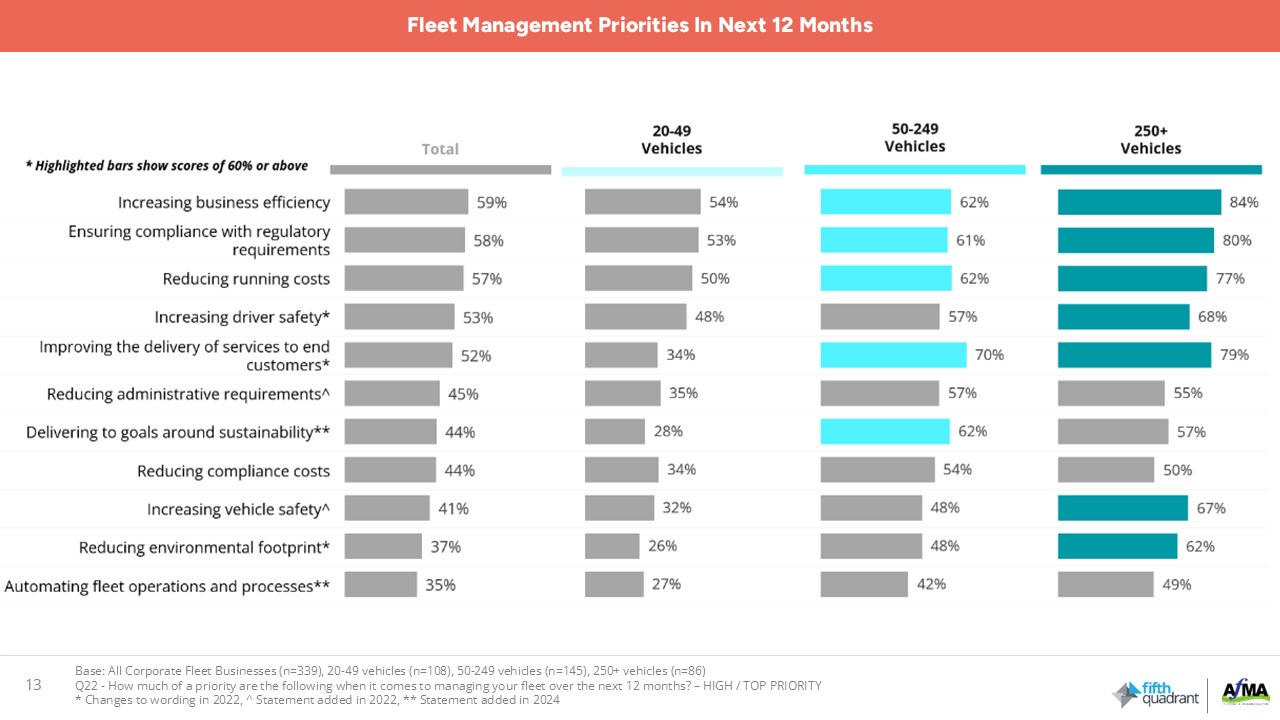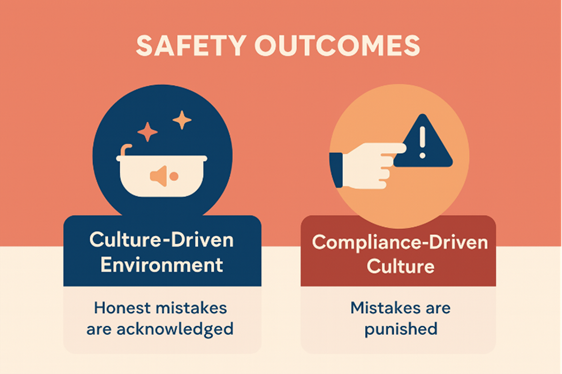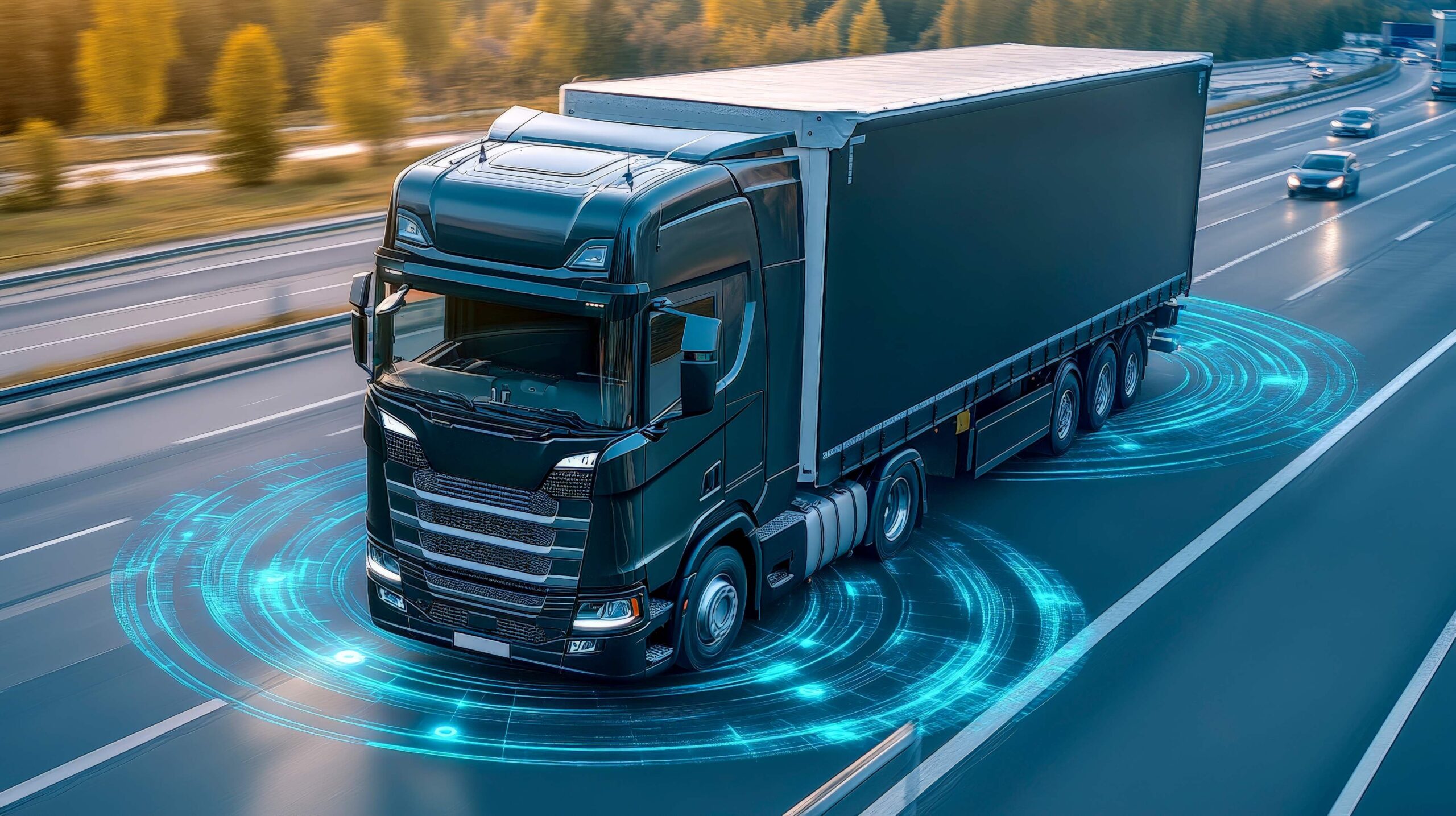Author: Jessica McMahon | Posted On: 21 Aug 2025
Fleet safety has never been more visible or more measurable. As technology becomes embedded in operations, the industry has seen significant uptake in tools designed to detect fatigue, monitor behaviour, and flag risk in real time. Our automotive research supports this, the 2024 Corporate Fleet Insights reports that 65% of fleet operators now use Business Intelligence (BI) tools to support safety and risk management, with 70% conducting regular vehicle safety checks, over half running driver training programs, and more than 50% installing driver-facing dash cams.
While there is universal agreement that safety is critical, and most organisations claim it as a priority, the reality on the ground often falls short. Technology may now be standard, but without the right culture, it cannot deliver on its promise.
How are fleets approaching safety?
Across the industry, fleets approach safety through a mix of policies, driver initiatives, and vehicle upgrades. Larger fleets and high-risk sectors such as Mining, Utilities, and Transport lead the way, with over half running formal safety programs compared to 33% overall.
Driver-focused measures are common, with 54% of fleets offering driver training programs and 42% running safety incentive programs.
On the vehicle side, 52% have maintenance alert systems, and 44% use fatigue monitoring technology. Adoption of advanced safety technologies is evident, with 44% deploying ADAS features such as lane departure warnings and collision avoidance.

This uptake shows progress, but the next question is clear: do these investments translate into real-world outcomes?
Technology’s role, and limitations
Technology gives fleets real-time visibility and faster ways to intervene, but it can only track safety, it doesn’t create it.
For high-performing fleets, culture is the foundation that allows tools to deliver real impact. Sodexo, winner of this year’s AfMA Fleet Safety Award, achieved a 96% reduction in fatigue-related incidents after rolling out the Guardian Safety System across its WA bus fleet, which combined technology and frontline staff empowerment on safety.
By contrast, fleets without a strong cultural base risk undermining even the best systems. When drivers perceive tools as punitive surveillance rather than genuine protection, trust erodes, engagement drops, and safety outcomes stall.
The culture gap: Where safety systems stagnate

The effectiveness of safety initiatives depends not just on what is implemented but on how it is experienced. Too often, organisations deliver training or roll out systems as compliance exercises, believing they are “ticking the box.” Frontline workers, however, may perceive them as surveillance-driven or punitive.
This disconnect discourages reporting, reduces engagement, and weakens the very systems intended to improve safety. As technology adoption accelerates, so must the effort to build a culture that encourages employees to speak up, learn from mistakes, and take ownership.
Safety leadership expert Brian Fielkow reinforces this point, noting that safety outcomes reflect culture more than compliance and that punishing honest mistakes erodes trust.

Turning tools into trust and what’s next?
The most effective strategies treat culture and technology as partners, not competitors. Human error is inevitable, but technology can highlight subtle patterns, flag risks, and provide objective insights, if it is implemented in the right cultural context.
It’s not the presence of tools that drives improvement, but how they’re communicated and understood. A message as simple as “We’re introducing this system so we can all make fewer mistakes” reframes technology from oversight to support. When employees trust the intent behind the tool, they are far more likely to engage constructively.
Conclusion: Preparing for the next phase of fleet safety
As fleets move toward electrification, automation, and more intelligent systems, the role of safety technology will only expand. But with that expansion comes a critical need to ground every new tool in trust and clear intent.
Culture will remain the constant. Technology will accelerate. And the organisations that integrate the two will not only reduce incidents but also build safer, more resilient operations ready for what comes next.
At Fifth Quadrant, we bring deep expertise in the automotive sector. Explore our latest automotive insights or get in touch to discuss your next move.
Posted in Uncategorized, Auto & Mobility

